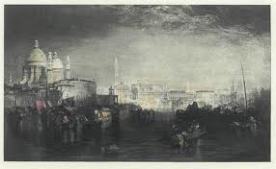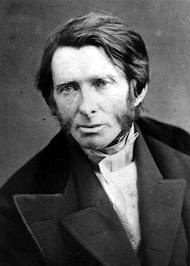We asked readers to try and identify four architectural details, from buildings around Ireland.
If you have not seen the quiz yet, you can find it here. Or, if you just want the answers, and a bit of additional detail, here’s the answer to picture 1. (below)
This fierce and fabulous sea creature is apparently a dolphin. We know this because it decorates the entrance to Dolphin House, a fine Victorian building at the corner of Essex Street and Crane Lane, in the well-known Temple Bar area of Dublin, familiar to tourists and visitors to Dublin.
In the superb Dublin book of her Buildings of Ireland series, the architectural historian Christine Cassey describes it thus…
…“heavily moulded red brick and terracotta, in a Ruskinian-cum-French-baronial idiom”
above & below: details from the door area/facade & either side of the strange-looking dolphin. The maritime theme continues.
The French-Baronial part of this is basically the chateau-style roof, with its elaborate turret shaped sky-line. And I think it’s safe to say the Ruskinian aspectis in the lovely stone carving, and the narrow neo-Venetian-Gothic style columns.
Many readers will be familiar with the work and words of John Ruskin. But for those that are not, he was – not to put too fine a point on it- the most influential thinker and writer on art, architecture and design in the 19th century English-speaking world.
Indeed as one learns about Ruskin, one realizes it is hard to overstate his impact. This was absolutely fundamental to the appearance of 19th century cities, and continues even to this day.
Ruskin was of course the author of the famous Stones of Venice, the book that inspired generations of young 19th century architects.
The book, lavishly illustrated, extolled the medieval architecture of the Serene Republic (Venetian architecture) and proposed it as a model for the industrial age.
To take just one example, every single narrow column you see flanking a window or door in Dublin and Ireland today, and there are many thousands, (not to mention the millions in London, Belfast, Manchester, and Liverpool) – is a direct result of his influence and writings.
His impact did not stop there. He was also a huge influence on the Pre-Raphaelite brotherhood artists; on the Arts and Crafts movement, and so much else. We still feel and see his influence on everything from neo-Venetian buildings to renewals of stone carving, woodworking, ceramic tiles and stained glass. He was the man who said “have nothing that is not useful or beautiful”, and the man who said “God, is in the detail” (which he meant far more literally than you may previously have thought) Through the Arts and Crafts Movement in particular, we feel his impact still in everything from traditional typography and textile design to rush woven seats. If you’ve ever wanted a nice teapot from Avoca Hand weavers or a flowery-looking scarf from Liberties in London, then you too, are partly a product of Ruskin’s great vision, of craftsmanship, and the revival of craft itself.
I will return to Ruskin at some later date, to show some of the outstanding buildings he inspired in Dublin.
Dolphin House is not a spectacular example of the style Ruskin espoused, but it is still a very nice building. It was built around 1893 by architect J.J O’Callaghan, as an upmarket hotel. The hotel included a fashionable restaurant or tea rooms. My grandmother remembered being brought there as a girl. Many, many years later, the building was either leased or bought by the State. then converted for use as family law courts.
My mother told me a story about how she accompanied my granny back to Dolphin House, this time on some legal business. Apparently when the judge asked my grandmother a question she looked around blandly, then replied, in her sometimes loud and haughty voice, “I remember when this place was an eatery”
My mother winced, thinking her flippancy would annoy the judge. But, he too had apparently, eaten there as child. So they both reminisced about it fondly together for a few minutes, before the case resumed.
It must have been quite a nice place once, the old Dolphin House…












The dolphin looks somewhat like a catfish or a dragon.
LikeLike
Very nice piece Arran!
LikeLike
hey, thanks J.G, and thanks very much Susan. Glad you both enjoyed. Think I’m going to publish one answer every few days. Still shocked none of my compatriots have worked out picture number-4, sigh…
LikeLike